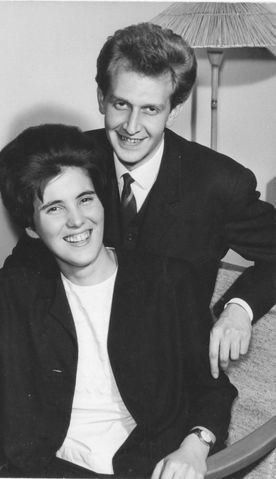Name Uray Geza | ||
 | ||
Uray Géza (16 August 1921 - 17 July 1991) was a 20th-century Hungarian tibetologist. He studied under Louis Ligeti, writing his dissertation on Tibetan dialects. Early in his career, he focused on linguistic issues, but gradually his work focused more on early Tibetan history and the analysis of the Dunhuang texts that serve as the primary sources for such study.
Contents
Works
Works in Honour of Uray Géza
References
Uray Géza Wikipedia(Text) CC BY-SA
